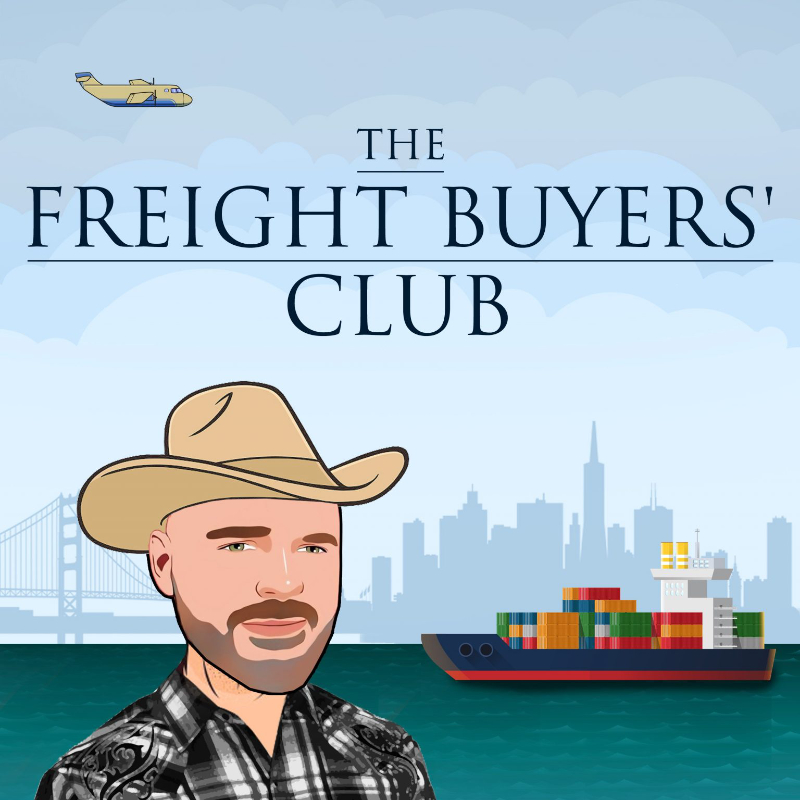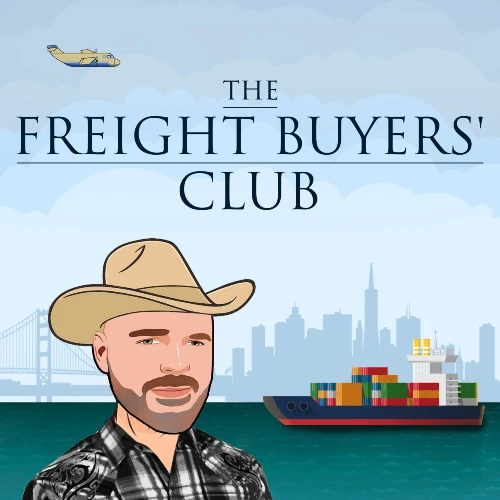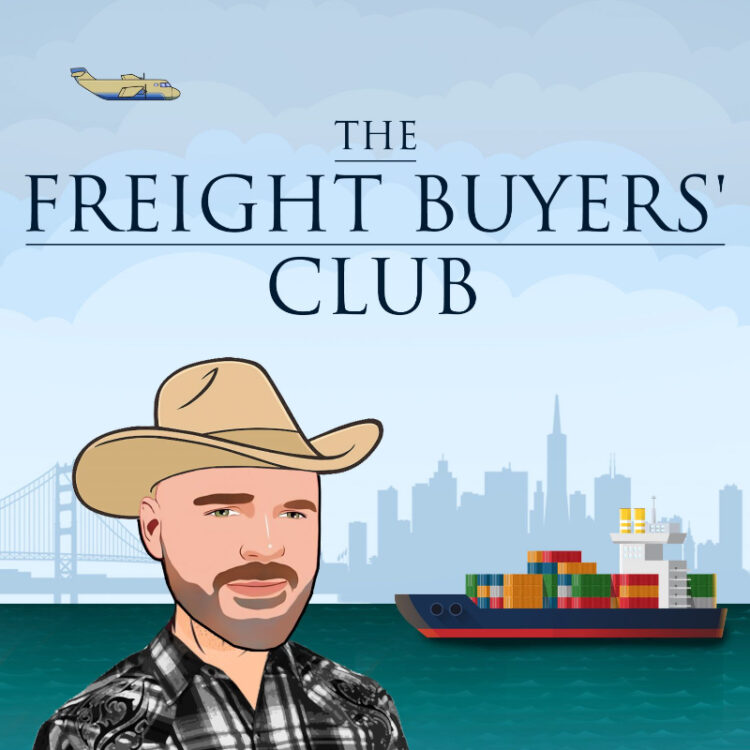Container shipping lines have over-ordered vessels, but vertical consolidation strategies make sense, claims former chairman of Evergreen and Yang Ming

Container shipping CEOs have killed the golden goose by ordering too many ships, and also might need to re-examine the type of vessels best suited to a more regional world dominated by geopolitical tensions, according to the former chairman of two of the world’s leading carriers.
Bronson Hsieh, former chairman of both Evergreen and Yang Ming container lines, told the latest episode of The Freight Buyers’ Club podcast, produced in partnership with Dimerco Express Group, that while containerized shipping volumes were predicted to grow by 2.2% in 2024 compared to 1.4% this year (See video below), this “doesn’t mean shipping companies are going to be profitable”.
Instead, he said an improved cargo demand picture would be swamped by a forecast 9.1% increase in global box shipping capacity as more newbuilding container vessels joined the fleet. As a result, Hsieh believes 2024 will be “really very tough for shipping companies”.
Smaller ships needed?
Hsieh also argued that as investors located manufacturing to a wider diversity of locations to move risk away from China and closer to importers, the nature of global trade would evolve, a process he calls “globalisation with regionalisation”.
In future, as a larger share of global manufacturing output migrates to Central America, South Asia and Southeast Asia, this will mean the largest ships will be more difficult to deploy efficiently.
“I would suggest don’t build too many of these huge vessels in the future because part of the cargo will gradually be relocated [away from China],” he said.
Go vertical, my friends
However, Hsieh was positive about the strategies pursued by those carriers which have invested pandemic windfalls in value-added, end-to-end logistics service capacity.
He believes this is more logical than hoping that port-to-port service revenues and heavy investment in assets will consistently deliver profits when this strategy has failed over previous decades.
“In my personal point of view, that’s [the] right direction,” he said, pointing to container lines which have invested in warehouses, trucking companies, consolidation businesses, ports and logistics capacity (See video below).
“I think a lot of shipping carriers, they learn something from the logistics service providers. They don’t build any vessels, but they make some profit.
“But shipping carriers, they buy a lot of assets, but the money they earn every year is not the same as those logistics service providers earn.”





